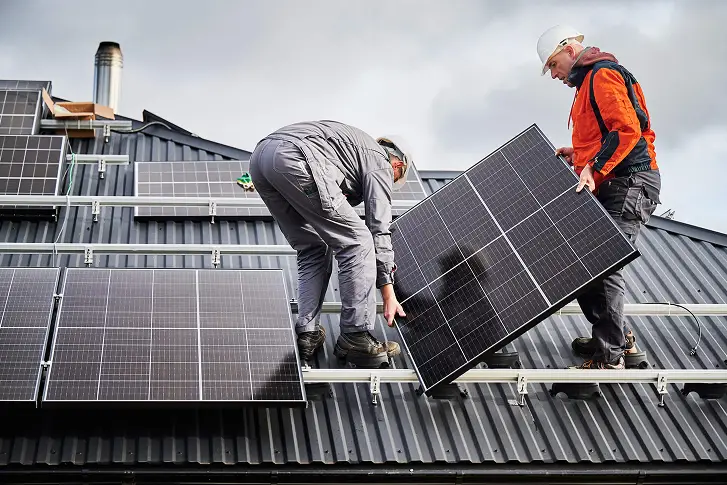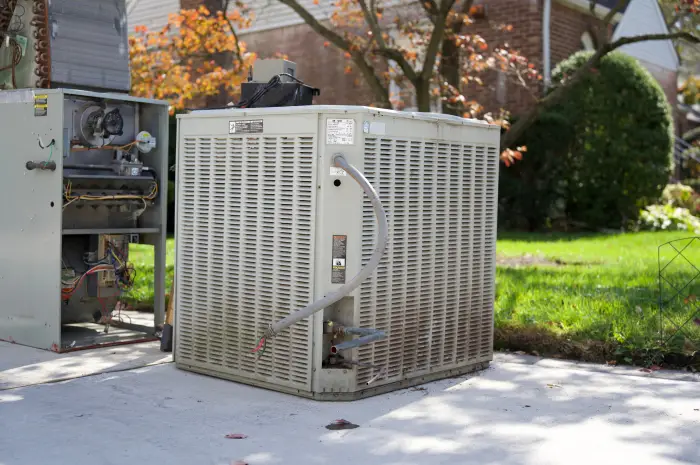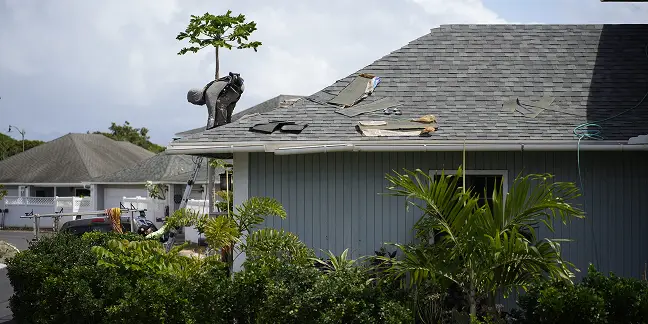When considering a solar energy system for your home, most people focus on the panels themselves. However, the solar inverter is just as crucial- it’s the component that converts the direct current (DC) electricity generated by solar panels into the alternating current (AC) electricity used in your home. Without a high-quality inverter, your solar system won’t function efficiently.
How Solar Inverters Work
Solar panels absorb sunlight and convert it into DC electricity. However, household appliances and the electrical grid use AC power. That’s where the inverter comes in- it transforms DC power into AC, making it usable for your home’s needs. Inverters also help optimize energy production, monitor system performance, and provide safety functions.
Types of Solar Inverters
String Inverters
- Most common type: Used in residential solar installations.
- How they work: Connects a series of solar panels to a single inverter.
- Best for: Homes with minimal shading and a simple roof layout.
- Pros: Cost-effective and easy to maintain.
- Cons: If one panel underperforms (due to shade or debris), the entire string’s efficiency drops.
Microinverters
- How they work: Installed on each individual panel, converting DC to AC right at the source.
- Best for: Roofs with shading issues or complex layouts.
- Pros: Maximizes energy production for each panel, improves monitoring, and increases system resilience.
- Cons: Higher upfront cost than string inverters.
Power Optimizers (Hybrid Approach)
- How they work: Like microinverters, they are attached to each panel but still use a central inverter.
- Best for: Those who want more efficiency than string inverters but at a lower cost than microinverters.
- Pros: Improves panel performance without the high price of microinverters.
- Cons: Slightly more expensive than traditional string inverter systems.
Why Choosing the Right Solar Inverter Matters
- Maximizes Energy Efficiency: The right inverter ensures you get the most energy out of your solar panels.
- Improves System Longevity: A high-quality inverter can extend the lifespan of your solar power system.
- Enhances Monitoring and Maintenance: Advanced inverters allow homeowners to track energy production and detect issues early.
Bundling Solar Panels with a New Roof for Maximum Benefits
If you’re planning to install solar panels, the best time to do so is when replacing your roof. Attyx specializes in bundling solar panel installations with new roofs, providing a streamlined and cost-effective solution.
Why Bundling Solar with a New Roof Makes Sense
- Save on Installation Costs: Combining both projects reduces labor and material costs.
- Ensure a Perfect Fit: A new roof provides a stable foundation for your solar panels, maximizing their lifespan and efficiency.
- Simplify the Process: Work with one trusted provider like Attyx, eliminating the need to coordinate between different contractors.
- Increase Home Value: A durable new roof paired with solar panels can enhance your home’s resale value.
- Better Warranty Protection: Many roofing and solar warranties work better together when installed as a package, ensuring long-term reliability.
Attyx: Your Partner for Roofing and Solar
When you choose Attyx, you’re working with experts in residential roofing and solar energy. Our team ensures your home gets the best energy-efficient solution while maintaining structural integrity and aesthetic appeal.
Learn more about bundling solar panels with a new roof here.
Ready to Upgrade Your Home with Solar?
A solar energy system is only as good as its components, and choosing the right inverter is key to maximizing performance. Whether you need a string inverter, microinverters, or power optimizers, selecting the best option for your home will ensure long-term savings and efficiency. Plus, bundling your solar installation with a new roof through Attyx can make the entire process smoother and more cost-effective.
Get in touch with Attyx today to explore your best options for solar and roofing solutions!





